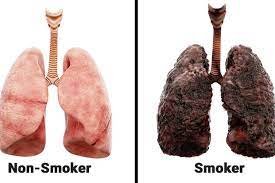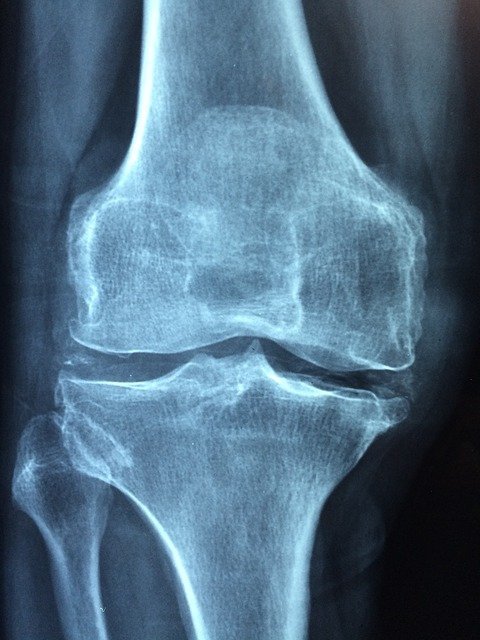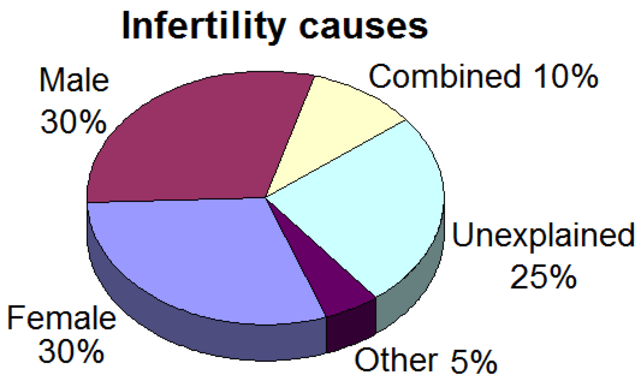Information on this site shall be considered as holistic, alternative and spiritual advice only. For medical advice and treatment a GP, medical professional and/or Certified Hijama Therapist should be consulted. In all circumstances where lifestyle changes, supplements, or other foods are suggested your GP should be consulted. Client Safety is the number one priority.
Complete Hijama Treatment Plan for Smoking
Allow 2-4 weeks between sessions – longer if required. Hijama Points shown for each session should ONLY be used to guide the therapist. Body size, cup size, and any other conditions need to considered and appropriate care and attention taken. The number of sessions shown can be increased or reduced depending on the condition of the client.
Complete Treatment Plan
Click here for Session 1Click here for Session 2
Click here for Session 3
Standard Wet Points – 1,55,106,11,32
Click here for Hijama Points on the back of the bodyClick here for Hijama Points on the head and face
If the client has a complicated history and numerous concerns then it is a good idea to use our online consultation service – click here.
Which body part or function is involved in Smoking?
The smallest unit of the human body is the cell, and every cell of the body requires oxygen to keep alive and healthy. Your body also has got to expel carbon dioxide. This gas is a waste product that is produced by the cells during their regular working. Your lungs are specially composed to exchange these gases every time you inhale in and exhale out. The lungs are a pair of spongy, air-filled organs found on each side of the chest (thorax). The trachea (windpipe) takes inhaled air into the lungs via its tubular branches, called bronchi. The bronchi then split up into smaller and smaller branches (bronchioles). The bronchioles ultimately end in bundles of microscopic air sacs called alveoli. In the alveoli, gaseous exchange take place takes from the air is immersed into the blood. Carbon dioxide, a waste product of metabolism, moves from the blood to the alveoli, where it can be blown out. Between the alveoli is a thin and delicate layer of cells called the interstitium, which includes blood vessels and cells that assist and support the alveoli.

The lungs are enclosed by a thin tissue fluid layer called the pleura. The same sort of thin tissue layers the inside of the chest cavity also called the pleura. A thin layer of fluid acts as a lubricant to avoid friction and enabling the lungs to move smoothly as they expand and contract with every breath.
The lungs are the center vital organ of the respiratory system. This system is based on two tracts, the upper respiratory tract and the lower respiratory tract.
The upper respiratory tract contains the:
- Mouth and nose
- Nasal cavity
- Throat (pharynx)
- Voicebox (larynx)
The lower respiratory tract is consist of the:
- lungs
- trachea (windpipe)
- bronchi
- bronchioles
- alveoli
What are the symptoms and effects of Smoking on the body?
How smoking affects your lungs:
Smoking can cause lung disease by hurting your airway tracts and the small air sacs (alveoli) present in your lungs, result in serious lung diseases caused by smoking like COPD, which also causes emphysema and chronic bronchitis. Smoking is the major cause of lung cancer; it is more toxic to asthma patients as it can trigger an attack or can cause a severe attack. According to research smokers are 12 to 13 times more likely to die from COPD than nonsmokers. Smoking can also be a cause of infertile, le in women. During pregnancy, it can also, affect fetus health before and after birth. Smoking increases risks for:
- Premature (early) delivery
- Stillbirth (death of the baby before birth)
- Low birth weight
- Sudden infant death syndrome (known as SIDS or crib death)
- Ectopic pregnancy
- Orofacial clefts in infants

Smoking can also influence men’s sperm, which can decrease fertility and also increase risks for birth deformities and miscarriage. It can impact bone health. Women past childbearing years who smoke have recorded weaker bones than women who never smoked. It is also a greater risk for cracked bones. It affects the health of your teeth and gums and can result in tooth loss, it also increases your risk for cataracts (clouding of the eye’s lens that cause hard vision). It can also be the cause of age-related macular degeneration (AMD). AMD it is a destruction to a small area near the center of the retina, the region of the eye associated with central vision. Smoking trigger types 2 diabetes mellitus and can increase its severity. The risk of acquiring diabetes is 30–40% higher for types of smokers than nonsmokers. Smoking causes general negative effects on the body such as inflammation and reduced immune function.
What changes in diet can help improve symptoms of Smoking?
- The ginseng tea could be restorative for nicotine addiction because it may reduce the effect of dopamine,
- When meeting a craving, consuming milk and other dairy products that make cigarettes taste terrible might help inhibit smokers from cigarettes.
- Chewing gum and mints can help by keeping your mouth busy when you have a craving to smoke.
Changes in lifestyle which can help Smoking
If you have decided to stop smoking, you can make small changes to your lifestyle that can help you suppress the seduction to light up.
- Think positive
- Make a plan to quit smoking
- Consider your diet
- Observe when you crave a cigarette
- Try some stop smoking support
Possible alternative remedies for Smoking
- Normal walking, swimming, gym classes, or cycling are simple ways to divert you from withdrawal signs
- Eating a lot of vitamin-rich foods, like oranges, kiwis, bell peppers, green leafy vegetables, and cruciferous vegetables such as broccoli and cabbage, will help strengthen your vitamin C intake.
- Chewing raw carrots keeps your mouth distract when cravings hit
- Get social support from others and consider using nicotine alternate therapies like Nicorette Gum to increase your chances of success.




